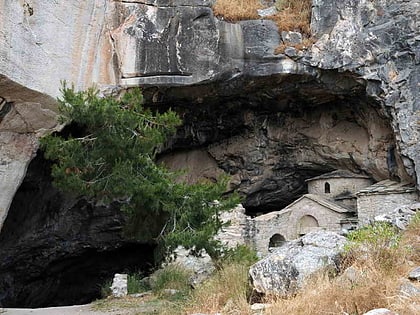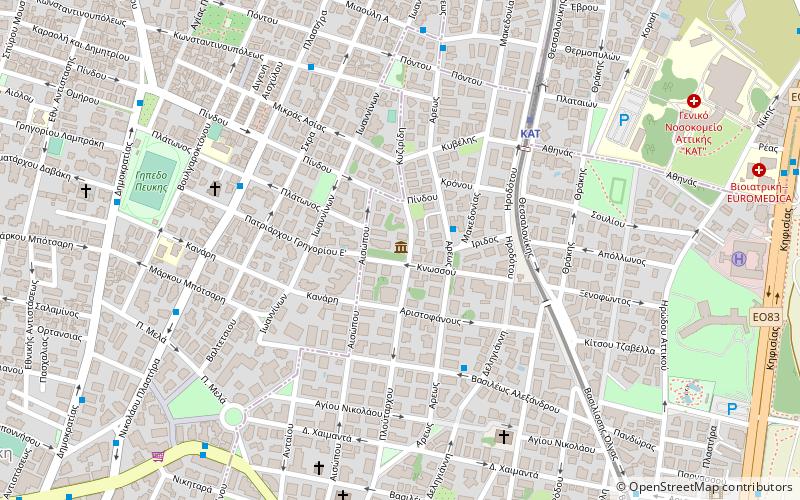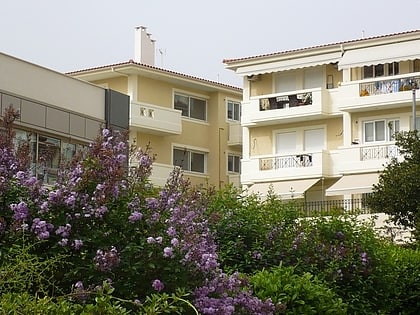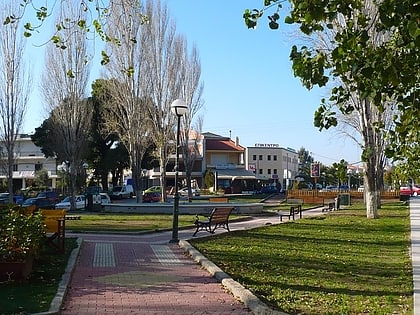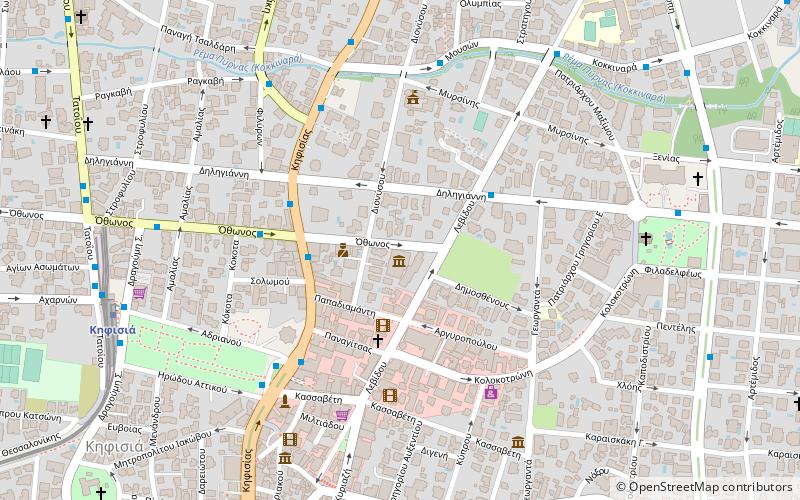Davelis Cave
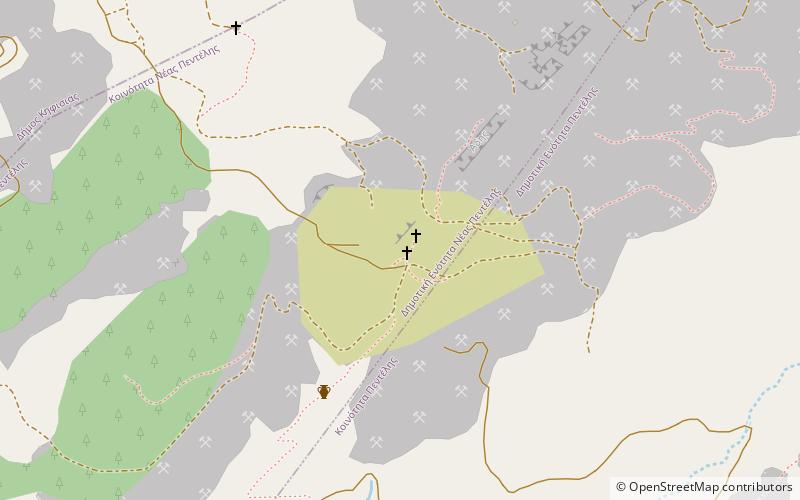

Facts and practical information
Tucked away in the northern slopes of Mount Penteli in Greece lies the enigmatic Davelis Cave. This natural wonder, steeped in mystery and legend, is a site that has fascinated both locals and travelers for centuries. Known for its complex network of passages and chambers, the cave's history is as captivating as its subterranean beauty.
The cave was originally known as "Spileo tou Panos" or the Cave of Pan, due to its association with the worship of the ancient god Pan and the nymphs. Over time, it gained notoriety during the Middle Ages as a hideout for the notorious brigand Davelis, from whom it gets its current name. The cave was said to be the bandit's refuge and the location of his illicit love affair with a noblewoman.
In more modern times, Davelis Cave has drawn the attention of archaeologists, speleologists, and even paranormal enthusiasts. Its intricate corridors once housed a Byzantine church, evidence of which can still be seen in the form of carved icons and religious inscriptions on the walls. During the Cold War, the cave was used by the Greek military, which added to its aura of secrecy and intrigue.
Visitors to Davelis Cave can expect a journey into the earth's depths, where stalactites and stalagmites create an otherworldly landscape. The cave's unique geology and historical significance make it a must-see for those interested in the intersection of natural beauty and human history. However, the cave's labyrinthine interior and the tales of supernatural occurrences have also made it a place of interest for those drawn to the unexplained.
Attica
Davelis Cave – popular in the area (distance from the attraction)
Nearby attractions include: The Mall Athens, Drossinis Museum, Paintballers Marousi, Goulandris Natural History Museum.
